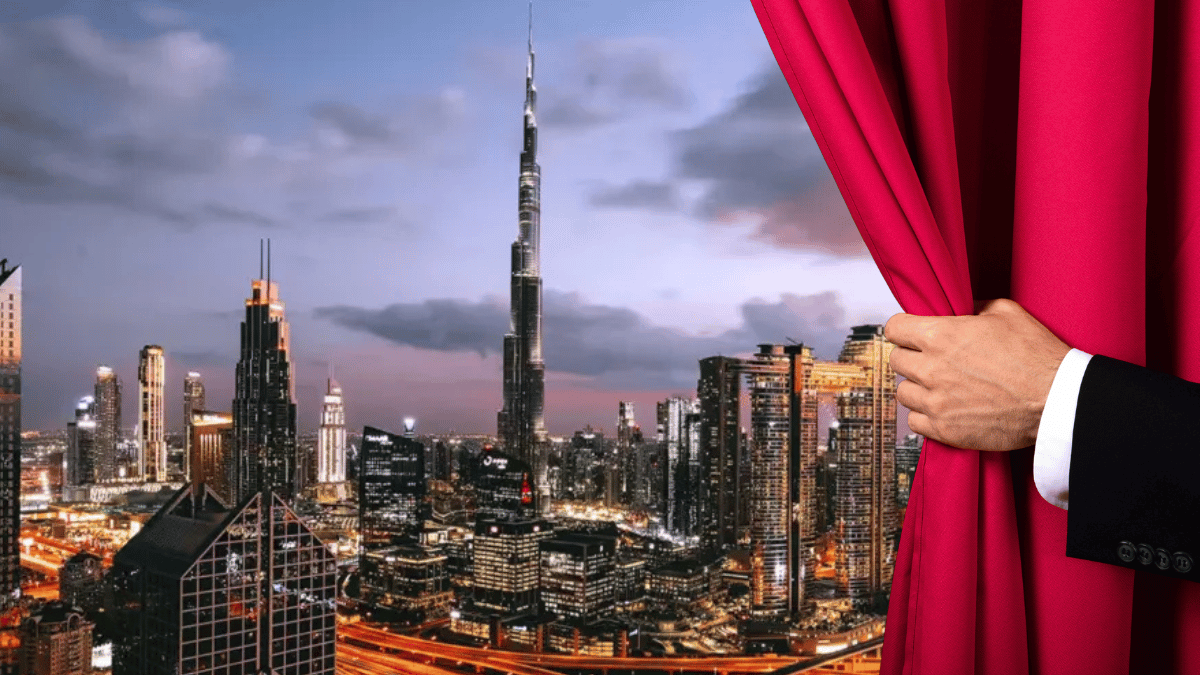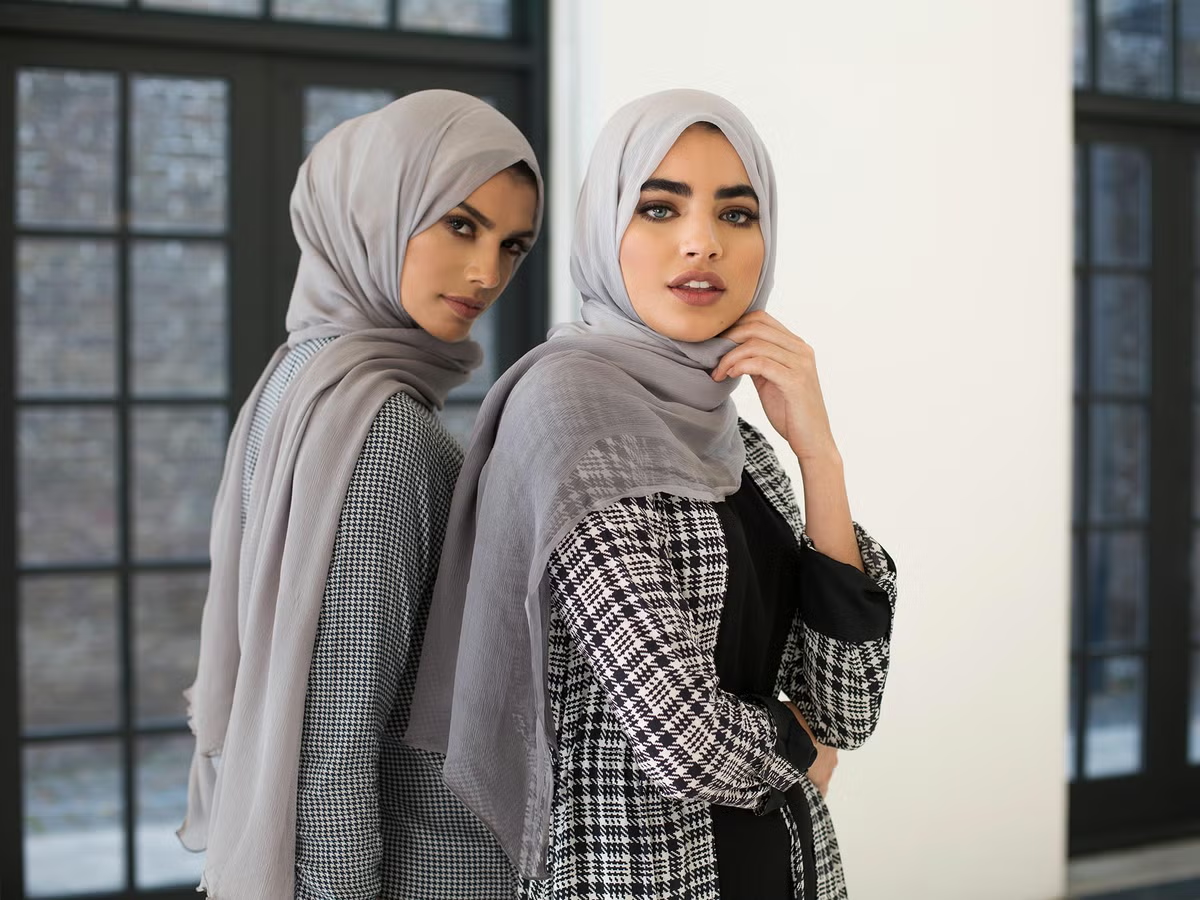Now Reading: UAE Designers Go Green: The Rise of Sustainable Fashion Now 2025
-
01
UAE Designers Go Green: The Rise of Sustainable Fashion Now 2025
UAE Designers Go Green: The Rise of Sustainable Fashion Now 2025

Table of Contents
In recent years, the United Arab Emirates (UAE) has emerged as a surprising leader in sustainable fashion. As environmental awareness grows among consumers and businesses alike, the fashion industry in the UAE is embracing eco-friendly practices with enthusiasm and innovation. From ethical fabrics to zero-waste designs, sustainable fashion is no longer just a trend—it’s becoming a lifestyle across the Emirates.
A Shift in Mindset: From Fast Fashion to Conscious Clothing

For decades, fast fashion dominated wardrobes across the UAE. Shopping malls in Dubai and Abu Dhabi offered quick, affordable clothing, often with little thought given to how these clothes were made. But today, consumers are becoming more aware of the environmental and social impact of their choices.
Younger generations, especially Gen Z and millennials, are leading the shift. They are asking questions like: Where was this made? What is it made from? Who made it? This curiosity has sparked a movement toward conscious consumerism.
Local fashion influencers and sustainability advocates have played a major role in this change. Through social media platforms such as Instagram and TikTok, they are spreading the message that “fashion can be stylish and sustainable.”
Local Brands Lead the Way
Many homegrown brands in the UAE are taking bold steps to create clothing that is both fashionable and environmentally friendly.
The Giving Movement, a Dubai-based label, is one of the best-known names in UAE’s sustainable fashion scene. Launched in 2020, it uses recycled water bottles and organic bamboo in its collections. The brand also donates part of its profits to charitable causes, making it a favorite among ethically minded shoppers.
Another example is Endless, an emerging slow-fashion label based in Abu Dhabi. The brand focuses on timeless, versatile pieces made from eco-friendly fabrics like linen and organic cotton. Each piece is designed to last, encouraging consumers to buy less and wear more.
Several Emirati designers are also incorporating traditional elements with sustainable practices. They aim to preserve cultural heritage while promoting environmentally responsible production.
Government and Industry Support

The push for sustainability is not limited to individual brands. Government policies and industry initiatives are also supporting the transformation of the fashion sector.
The UAE’s Net Zero 2050 strategy is influencing industries to adopt greener practices, including fashion. In line with this, fashion retailers are being encouraged to reduce their carbon footprint, minimize waste, and invest in sustainable supply chains.
Events such as Dubai Fashion Week and Arab Fashion Week now regularly feature eco-conscious designers. In 2024, Dubai Fashion Week showcased its first-ever Sustainable Showcase, where all participating designers were required to use ethical materials and present transparent production methods.
The UAE’s Ministry of Climate Change and Environment has also shown interest in supporting the fashion sector through partnerships and awareness programs that encourage green innovation in textiles and packaging.
Recycling and Upcycling Trends
Sustainable fashion isn’t only about what’s new—it’s also about giving old clothes new life.
Across the UAE, clothing swap events, thrift markets, and upcycling workshops are gaining popularity. Platforms like Retold, an online thrift store based in Dubai, make it easy for residents to buy and sell pre-loved designer items. This helps reduce textile waste and promotes a circular economy.
Luxury retailers are also catching on. Some now offer take-back programs, where customers can return used garments to be refurbished or recycled. Others offer in-store tailoring to encourage repairs instead of replacement.
The idea is simple but powerful: extend the life of clothing and reduce waste.
Education and Awareness on the Rise
Educating consumers is key to building a sustainable fashion future. In the UAE, schools, universities, and fashion institutes are increasingly including sustainability in their curriculums.
Institutions such as Dubai Institute of Design and Innovation (DIDI) offer courses focused on sustainable design. Students are trained to consider the entire lifecycle of a garment—from raw materials to end-of-life disposal.
Fashion events also include panels, workshops, and discussions on topics like eco-fabrics, water-saving technologies, and fair labor practices. These platforms help raise public awareness and empower shoppers to make informed decisions.
Challenges and Opportunities Ahead
Despite all the progress, there are still challenges. Sustainable fashion often comes at a higher price, which can limit access for some consumers. Also, not all brands that claim to be eco-friendly are transparent about their practices, leading to “greenwashing”—a form of misleading marketing.
However, experts believe these challenges can be overcome with better regulation, education, and innovation.
UAE’s strong infrastructure and focus on technology offer unique opportunities for smart, sustainable solutions. For instance, AI-powered supply chain systems, blockchain for traceability, and 3D printing for made-to-order fashion are all being explored by designers and tech startups in the region.
Final Thoughts
The rise of sustainable and eco-friendly fashion in the UAE marks a powerful cultural shift. What started as a niche interest has grown into a national movement supported by consumers, brands, and the government alike.
With a growing number of residents choosing quality over quantity, and style with a conscience, the UAE is well on its way to becoming a hub for green fashion innovation in the Middle East.
As the saying goes, “Fashion fades, but sustainability is forever.”
Read More:- Shobha Realty Launches Its Most Luxurious Project Yet—Full Details Inside 2025





















